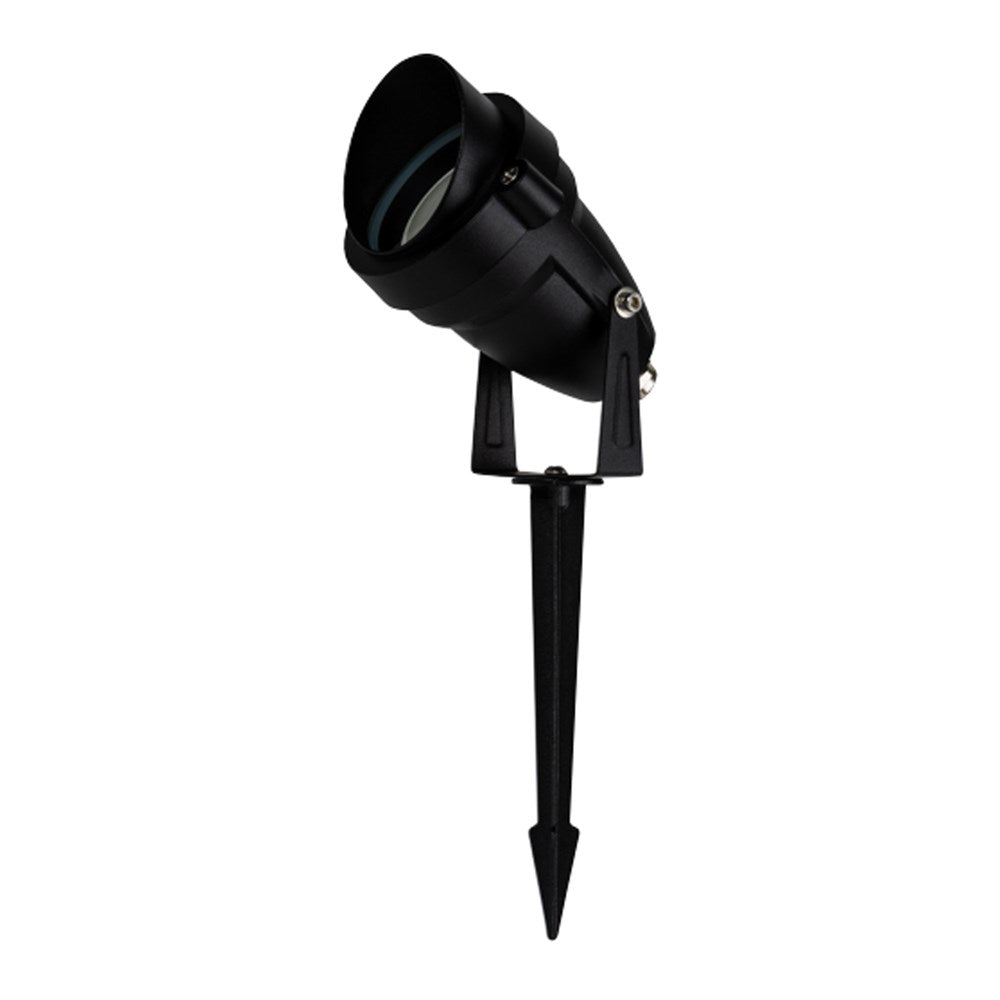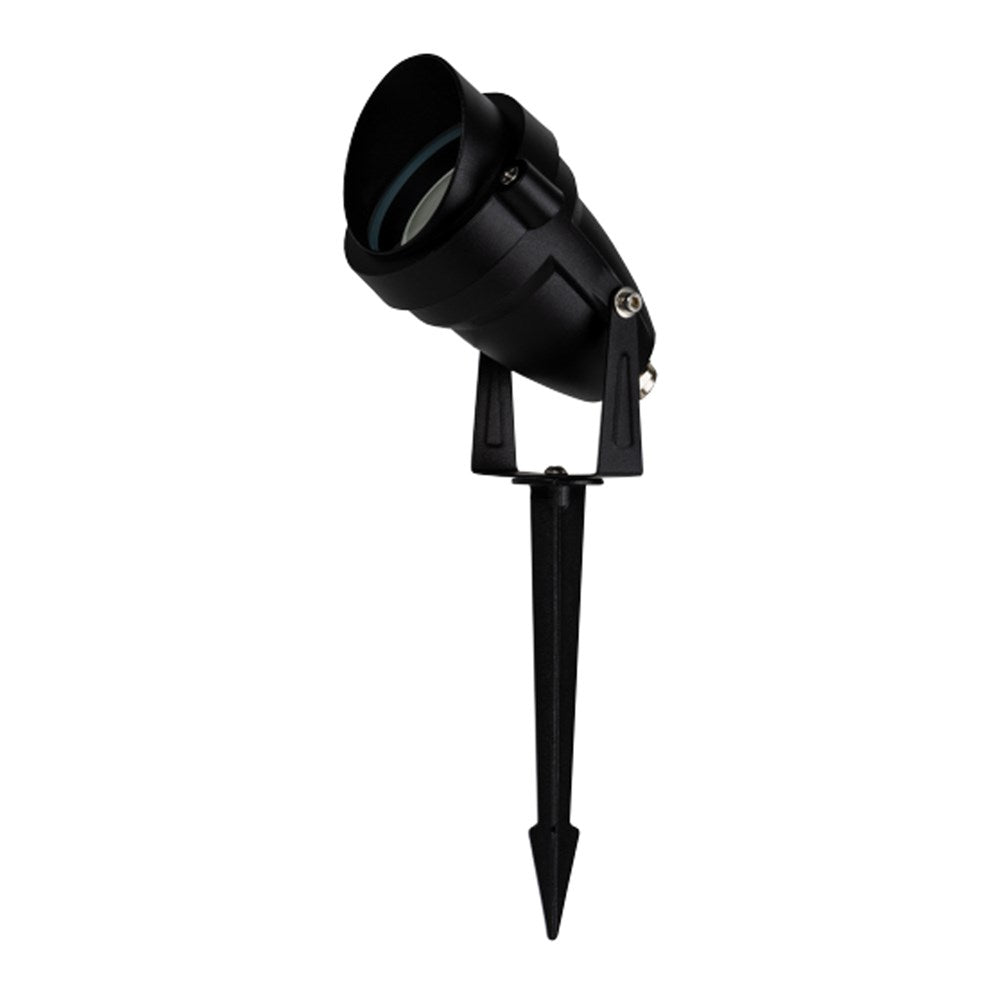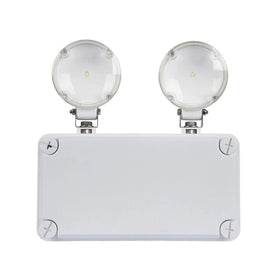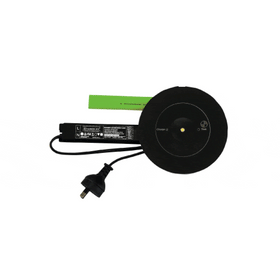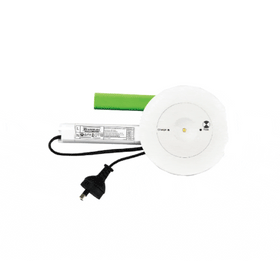Filter
31 results
20
- 10
- 15
- 20
- 25
- 30
- 50
Best selling
- Featured
- Best selling
- Alphabetically, A-Z
- Alphabetically, Z-A
- Price, low to high
- Price, high to low
- Date, old to new
- Date, new to old
Sort
Sort by:
- Featured
- Best selling
- Alphabetically, A-Z
- Alphabetically, Z-A
- Price, low to high
- Price, high to low
- Date, old to new
- Date, new to old
-
Domus EXIT-WPBOX - Weatherproof Surface Mounted Exit Sign Housing Box IP65 - WhiteVendor: Domus LightingNo reviewsEXIT-WPBOX is a protective IP65 Weatherproof box designed to allow EXIT-SM-24M Ceiling Mounted Exit Sign Series to be installed in undercover outdoor areas. Constructed from clear and white polycarbonate, the box doesn’t change the appearance, and is durable with an IK10 Rating. Perfect for...
- $100.32
$153.00- $100.32
- Unit price
- / per
-
White
-
Domus EXIT-SM-24M - 3.5W LED Wall/Ceiling Surface Mounted Exit Sign - BlackVendor: Domus LightingNo reviewsThe EXIT Series Recessed and Surface Mounted LED Emergency Exit Light features LED technology providing an energy efficient light source with high output, which is ideal for a range of emergency lighting applications. Detailed design offers a quick release for decal installation as well...
- From $77.52
$119.00- From $77.52
- Unit price
- / per
-
Black
-
White
-
Domus TWIN-SPOT-EM - 5W LED Twinspot Emergency Wall Light IP65 - WhiteVendor: Domus LightingNo reviewsTWIN-SPOT-EM is a wall mounted Twin Spot LED Emergency Light designed to be installed in industrial and commercial areas such as warehouses spaces. Featuring LED technology providing an energy efficient light source with high output, which is ideal for a range of emergency lighting...
- From $142.27
$217.00- From $142.27
- Unit price
- / per
-
White
-
Black
-
Domus PARK-120-DIFF-EM - 15W/30W LED Tri-Colour Wide Body Diffused 1200mm Emergency Batten with Optional SensorVendor: Domus LightingNo reviewsThe PARK EMERGENCY LED Batten series is a direct replacement to traditional T8 and T5 Wide Body Fluorescent battens. The PARK Series LED Batten also features a dual Wattage option. So, if the area is too bright, simply press the switch located on the...
- From $145.01
$221.00- From $145.01
- Unit price
- / per
-
Domus EVAC-D40-REC - 1.8W LED D40 Non-Maintained Recessed Emergency Light White - WhiteVendor: Domus LightingNo reviewsThe EVAC D40 Recessed LED Emergency Light features LED technology providing an energy efficient light source with high output, which is ideal for a range of emergency lighting applications. Featuring a polarity reversal protection switch mode for the battery, making it ideal for jobs...
- $43.78
$68.00- $43.78
- Unit price
- / per
-
White
-
Surface Emergency LED Exit Sign Light W316mm - BlackVendor: 3A-LightingNo reviewsSurface Emergency LED Exit Sign Light W316mm Black For added safety and peace of mind, this Surface Emergency LED Exit Sign Light is the perfect solution. With its one watt power, it provides a bright and reliable source of light during emergencies. Its sleek...
- $110.66
$130.00- $110.66
- Unit price
- / per
-
Black
-
Domus EXIT-REC-24M - 4W LED Recessed Blade Exit Sign - BlackVendor: Domus LightingNo reviewsThe EXIT Series Recessed and Surface Mounted LED Emergency Exit Light features LED technology providing an energy efficient light source with high output, which is ideal for a range of emergency lighting applications. Detailed design offers a quick release for decal installation as well...
- From $94.85
$146.00- From $94.85
- Unit price
- / per
-
Black
-
White
-
Domus PARK-60-WG-EM - 7.5W/15W LED Tri-Colour Wide Body Wire Guard 600mm Emergency Batten with Optional SensorVendor: Domus LightingNo reviewsThe PARK LED Batten series is a direct replacement to traditional T8 and T5 Wide Body Fluorescent battens. The PARK Series LED Batten also features a dual Wattage option. So, if the area is too bright, simply press the switch located on the LED...
- From $132.24
$202.00- From $132.24
- Unit price
- / per
-
Domus PARK-60-DIFF-EM - 7.5W/15W LED Tri-Colour Wide Body Diffused 600mm Emergency Batten with Optional Sensor - No SensorVendor: Lights For YouNo reviewsThe PARK LED Batten series is a direct replacement to traditional T8 and T5 Wide Body Fluorescent battens. The PARK Series LED Batten also features a dual Wattage option. So, if the area is too bright, simply press the switch located on the LED...
- From $152.90
$202.00- From $152.90
- Unit price
- / per
-
No Sensor
-
ON/OFF Sensor
-
Dimmable Sensor
-
Domus PARK-120-WG-EM - 15W/30W LED Tri-Colour Wide Body Wire Guard 1200mm Emergency Batten with Optional SensorVendor: Domus LightingNo reviewsThe PARK EMERGENCY LED Batten series is a direct replacement to traditional T8 and T5 Wide Body Fluorescent battens. The PARK Series LED Batten also features a dual Wattage option. So, if the area is too bright, simply press the switch located on the...
- From $145.01
$221.00- From $145.01
- Unit price
- / per
-
Domus HYDRO-60-EM - 7.5W/15W LED Tri-Colour 600mm Emergency Weatherproof Batten IP65 with Optional SensorVendor: Domus LightingNo reviewsThe HYDRO LED Weatherproof Batten series is a direct replacement to traditional T8 and T5 Fluorescent battens. Custom designed to colour match concrete ceilings, and incorporating a “quick fix” solution to allow for ease and speed of installation. Constructed from high-quality and high impact...
- From $136.80
$209.00- From $136.80
- Unit price
- / per
-
Domus HYDRO-120-EM - 15W/30W LED Tri-Colour 1200mm Emergency Weatherproof Batten IP65 with Optional SensorVendor: Domus LightingNo reviewsThe HYDRO LED Weatherproof Batten series is a direct replacement to traditional T8 and T5 Fluorescent battens. Custom designed to colour match concrete ceilings, and incorporating a “quick fix” solution to allow for ease and speed of installation. Constructed from high-quality and high impact...
- From $157.78
$241.00- From $157.78
- Unit price
- / per
-
Domus EVAC-D63-SM - 3.5W LED D63 Non-Maintained Surface Mounted Emergency Light - WhiteVendor: Domus LightingNo reviewsThe EVAC D63 Recessed and Surface Mounted LED Emergency Light features LED technology providing an energy efficient light source with high output, which is ideal for a range of emergency lighting applications. Featuring a polarity reversal protection switch mode for the battery, making it...
- From $99.41
$152.00- From $99.41
- Unit price
- / per
-
White
-
Black
-
Domus EVAC-D63-REC - 3.5W LED D63 Non-Maintained Recessed Emergency Light - WhiteVendor: Domus LightingNo reviewsThe EVAC D63 Recessed and Surface Mounted LED Emergency Light features LED technology providing an energy efficient light source with high output, which is ideal for a range of emergency lighting applications. Featuring a polarity reversal protection switch mode for the battery, making it...
- From $59.28
$91.00- From $59.28
- Unit price
- / per
-
White
-
Black
-
Domus BOLT-120-EM - 10/40W LED Tri-Colour 1200mm (4ft) Diffused Emergency Batten IP44 - Tri ColorVendor: Domus LightingNo reviewsThe Bolt Emergency LED Batten Series is a direct replacement to traditional T8 and T5 Fluorescent battens. Incorporating a “quick fix” solution designed specifically to allow for ease of installation. The Bolt Emergency LED Batten Series features a dual Wattage option. So, if the...
- $153.22
$234.00- $153.22
- Unit price
- / per
-
Tri Color
-
Round Recessed Emergency LED Downlight Black - BlackVendor: 3A-LightingNo reviewsRound Recessed Emergency LED Downlight Black Get ready for any power outage with the. Illuminate your space with energy-efficient, long-lasting light during emergency situations. Experience peace of mind with a reliable, energy-efficient light source during emergencies. With the you'll never have to worry about...
- $62.95
$130.00- $62.95
- Unit price
- / per
-
Black
-
Round Recessed Emergency LED Downlight White - WhiteVendor: 3A-LightingNo reviewsRound Recessed Emergency LED Downlight White It's easy to install and saves energy with energy efficiency up to 85%. This efficient downlight offers easy installation and impressive energy savings of up to 85%. It's a top choice for modern homes and businesses looking for...
- $48.55
$130.00- $48.55
- Unit price
- / per
-
White
-
Recessed Emergency LED Exit Sign Light W363mm - BlackVendor: 3A-LightingNo reviewsRecessed Emergency LED Exit Sign Light W363mm is specially designed to provide reliable illumination in case of emergencies, ensuring the safety of occupants in any building. It is energy-efficient, with a low power consumption of only 1W, making it cost-effective and environmentally friendly. Its sleek...
- $99.86
$130.00- $99.86
- Unit price
- / per
-
Black
-
Recessed Emergency LED Exit Sign Light W363mm - WhiteVendor: 3A-LightingNo reviewsRecessed Emergency LED Exit Sign Light W363mm Light Safely guide people to safety during emergencies with this top-of-the-line Recessed Emergency LED Exit Sign Light. Equipped with a 1W LED light and measuring at a length this exit sign will ensure visibility and safety in...
- $84.56
$130.00- $84.56
- Unit price
- / per
-
White
-
Emergency LED Exit Sign Light W355mm - WhiteVendor: 3A-LightingNo reviewsEmergency LED Exit Sign Light W355mm This energy-efficient exit sign light is equipped with long-lasting LED lights, providing bright and reliable illumination in case of emergency. Experience worry-free safety with this energy-efficient exit sign light equipped with long-lasting LED lights. Rest assured with bright...
- $99.86
$130.00- $99.86
- Unit price
- / per
-
White

